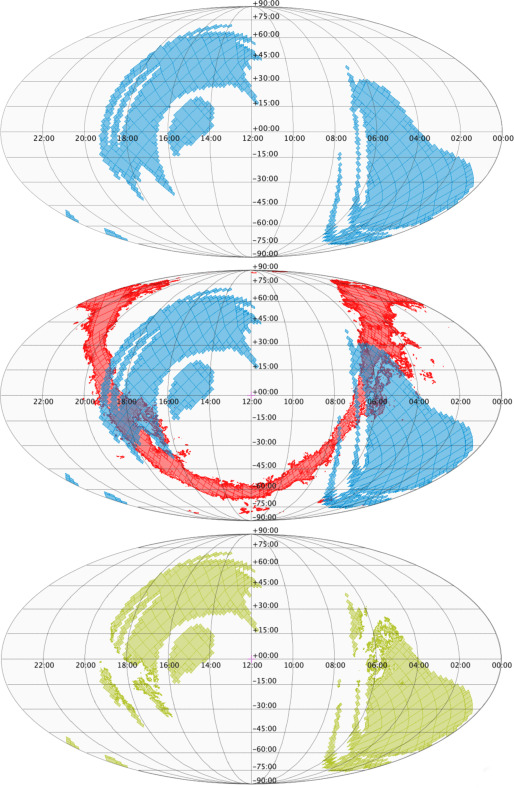The research developed within AHAED2020 has lead to innovative tools supporting multi-messenger astrophysics!
Most of what is known about the Universe comes from observations of electromagnetic radiation. However, there are other “cosmic messengers.” Gravitational waves are invisible (yet incredibly fast) ripples in the otherwise tough, stiff fabric of spacetime that can be detected by very large laser interferometers. Gravitational waves travel at the speed of light and squeeze and stretch anything in their path as they pass by. Gravitational waves are fundamentally different from, for example, electromagnetic waves. The acceleration of electric charges creates electromagnetic waves, propagating in space and time. However, gravitational waves, created by the acceleration of mass, are waves of the spacetime ‘fabric’ itself.
Gravitational waves and gamma-ray bursts have been observed from neutron-star mergers. Neutrinos and cosmic rays are other particles that can, in principle, be observed; however, as yet, these latter messengers cannot be identified with specific sources. Using two or more of these methods is called multi-messenger astronomy.
Detections of gravitational waves by the Ligo, Virgo, and KAGRA Collaborations lead to rapid follow-up observations with telescopes all around the world. Finding the elusive electromagnetic counterparts requires a high level of coordination and the management of complex regions of the sky which represent the gravitational wave localisation probability maps. The project, has demonstrated the application of the Multi Order Coverage (MOC) as a practical way to manage complex regions of the sky for the planning of multi-messenger observations. MOC maps are a data structure that provides a multi-resolution representation of irregularly shaped and fragmentary regions over the sky based on the HEALPix (Hierarchical Equal Area isoLatitude Pixelization) tessellation. The new application of MOC reported here, enables the efficient computation of sky regions and the visibility of these regions from a specific location on the Earth at a particular time.
The use of MOC for multi-messenger astrophysics has been developed with Virtual Observatory standards. The astronomical ‘Virtual Observatory’ is a framework of data and services based on common interoperability standards that are defined by the International Virtual Observatory Alliance (IVOA, https://www.ivoa.net). These common standards are a powerful way to enable astronomy data providers including the archives of major telescope and space missions to make their data FAIR – findable, accessible, interoperable and reusable through the multitude of interfaces and tools that comply with these standards.

The new application of MOC reported here, enables the efficient computation of sky regions and the visibility of these regions from a specific location on the Earth at a particular time. This work led by Dr. Giuseppe Greco (INFN, EGO-Virgo) was accepted for publication in Astronomy and Computing journal with the title: “Multi Order Coverage data structure to plan multi-messenger observations”. Co-authors from ESCAPE and the AHEAD2020 project: Michele Punturo, Mark Allen, Ada Nebot, Pierre Fernique, Matthieu Baumann, François-Xavier Pineau, Thomas Boch, Sébastien Derriere, Marica Branchesi, Mateusz Bawaj, Helios Vocca.
This work can be found here: https://www.sciencedirect.com/science/article/pii/S2213133722000026?via%3Dihub or here: https://arxiv.org/abs/2201.05191
